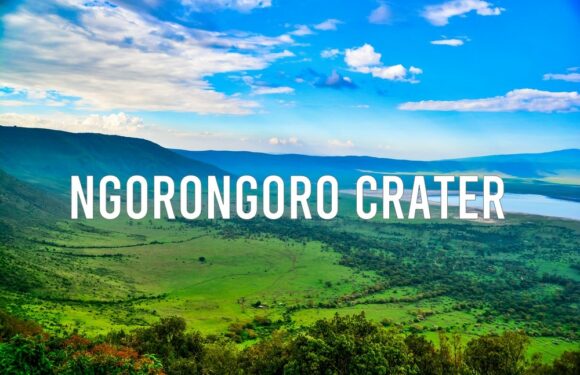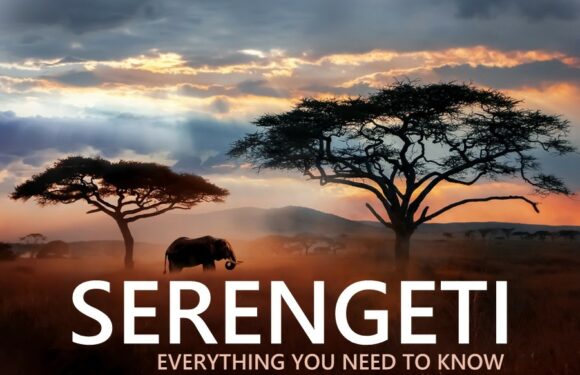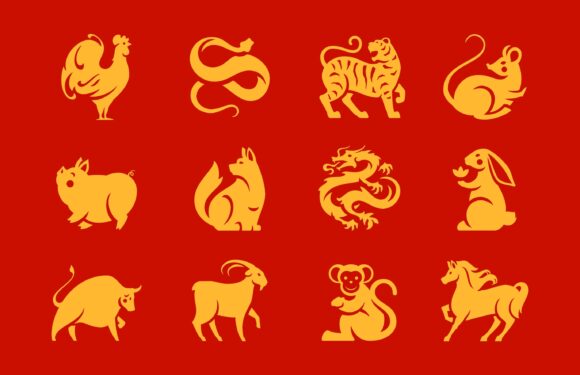
Many who venture to Tanzania to climb Kilimanjaro extend their stay to enjoy a safari. And for good reason – Tanzania is a cherished hotspot for wildlife viewing.
The Serengeti National Park is undoubtedly the most famous park in the world, with the highest concentration of plains game in the world. It was designated as a national park in 1952. The Serengeti is among the top protected places in Tanzania and it is also one of the largest and busiest national parks.
The boundary spans a whopping 12,000 square miles (30,000 square kilometers). The name Serengeti is derived from the Maasai language, and appropriately means “endless plains.” The vast ecosystem is located in north Tanzania and extends to southwestern Kenya.
The Great Migration
Most people who visit the Serengeti are interested in the Great Migration, which is the largest migration of land mammals on earth. Each year, almost two million wildebeest make their way from Tanzania’s Serengeti to Kenya’s Masai Mara in search of lush grazing lands and life-giving water.
Contrary to popular belief, the wildebeest migration in the Serengeti does not only occur over a certain season, but rather it occurs continuously.
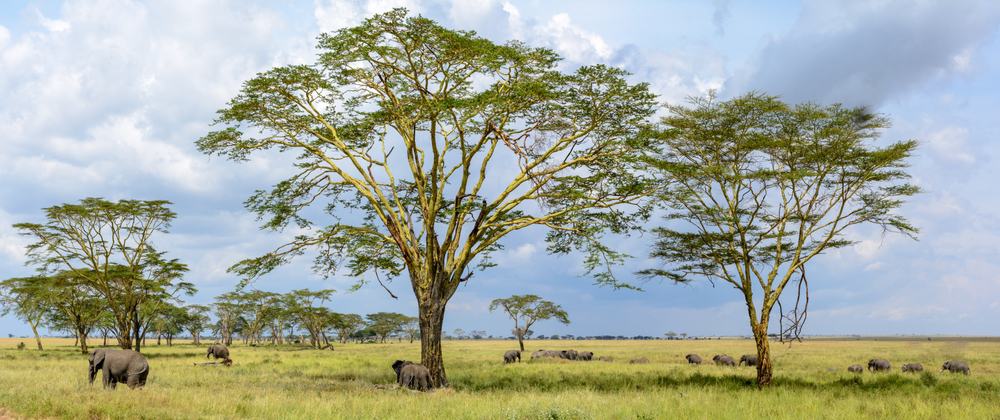
Serengeti Weather – Wet and Dry Seasons
Before we discuss the migratory patterns in the Serengeti, we have to talk about the weather. That’s because the herd movements are prompted based upon the wet and dry seasons in the region.
There are two rainy periods in Serengeti National Park – a short one and a long one. The short rainy season is in November and December while the long rainy season lasts from April to June. These periods are referred to as the “green seasons” because the golden plain transforms into a green landscape due to the downpours.
The remaining months comprises two dry seasons. They occur from January to March and again from July to October. Wildlife is easier to spot during the dry seasons because the grasses are shorter.
The temperatures in the Serengeti are pretty consistent year round, with highs around the mid 80’s Fahrenheit (30C) and lows around 60F (15C). It’s generally warm or hot during the day, but it cools down at night through early morning.
Serengeti Migration By Month
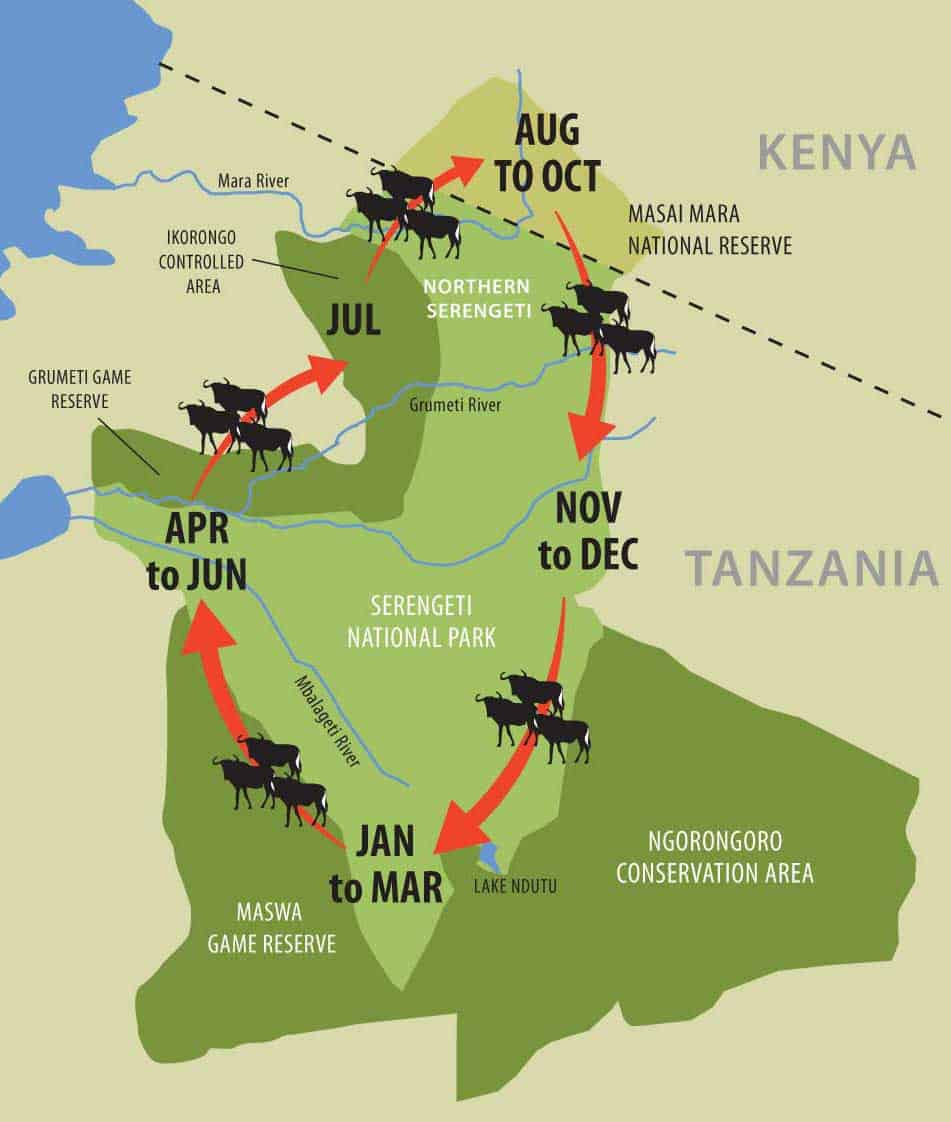
As shown in the illustration, the migration follows a clockwise movement throughout the year.
- During the short rainy season from November to December, the herd moves south out of the Masai Mara and into the Serengeti.
- From January to March is the short dry season where the weather is mostly hot and dry. The migration populates the southern Serengeti. The wildebeest calving season occurs at this time.
- The long rainy season occurs from April to June. The herd moves north to the western corridor as heavy rain sets in.
- In July and August, the first half of the long dry season, the migration moves farther north and starts crossing into the Maasai Mara.
- In September and October, the second half of the long dry season, the herd is mostly out of Tanzania. The migration moves south again when the new season rains begin again.
Best Time to See Migration
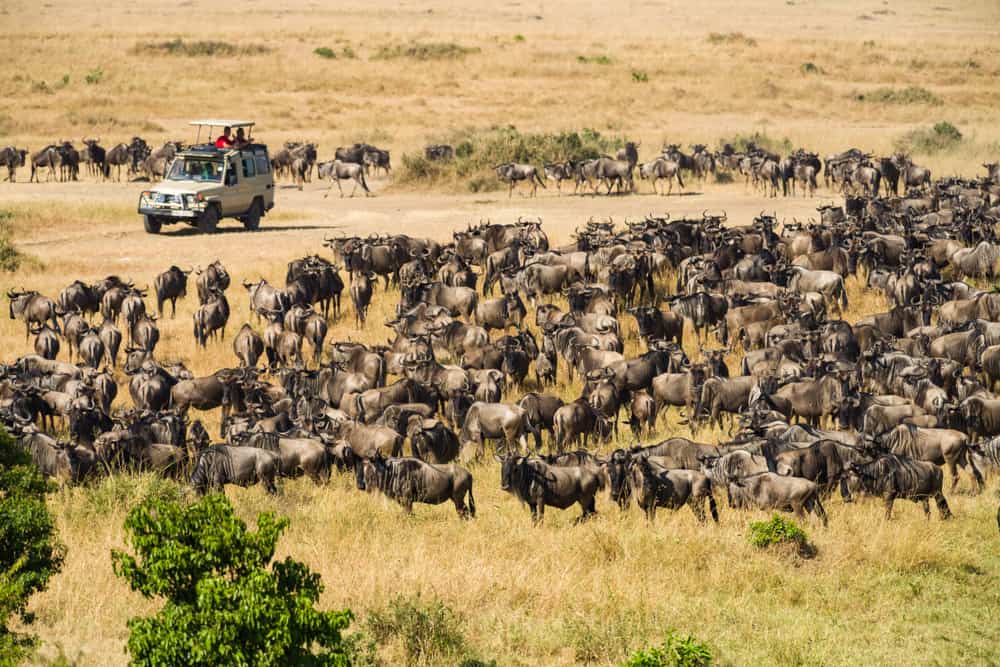
Let us start by saying that the game viewing in Serengeti is great year round.
So if you are set to climb Kilimanjaro on certain dates, you should definitely partake on a safari as well regardless of your time of visit. Whether you come during the main migration season or when the herds have departed into Kenya, there will still be plenty of animals to see. Only half of the animal population participates in the migration, meaning half are still available for viewing! In other words, don’t let it stop you from visiting the Serengeti.
Now if seeing the migration is very important to you, then there are a couple windows that are considered to be the best.
- July to August. In July, the migration is usually in the western corridor while in August the migration is usually in the northern area of the park. The weather is typically clear, sunny and pleasant as well. July and August are most popular months for tourism here.
- January to mid-March. The wildebeest calving season begins in January and lasts until mid-March. About half a million wildebeest will give birth on the plains during this period. You can witness intense predator action on safari. Lions, hyenas, and cheetahs show up in large numbers to patrol the grasses.
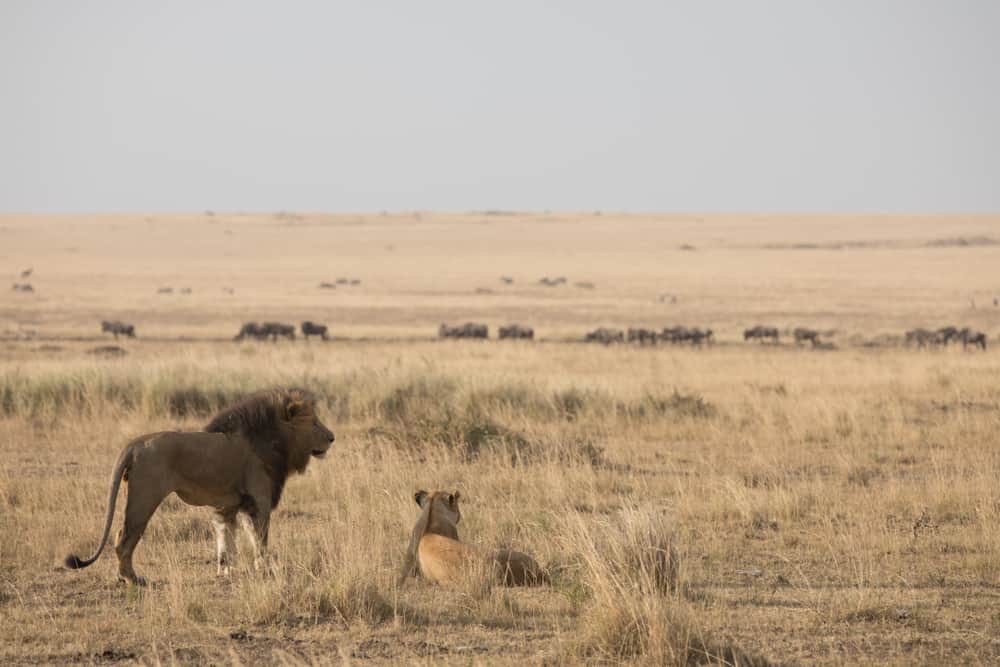
Final Thoughts
It is important to understand that the migration timetables are not set in stone. The purpose of the migration is that the wildebeest are following the rainfall. Therefore, their movements change every year based upon when the rains begin and end. The wildebeest are notoriously unreliable so even the best planning may not yield the desired outcome. Take it all in stride.
It is said that Serengeti never disappoints. We encourage you to explore the park while you are in Tanzania, no matter the month. There is always something to see, so the best time to visit the Serengeti is whenever you have the time to visit.
__________
Ready to book a safari? See our safari itineraries.



















































